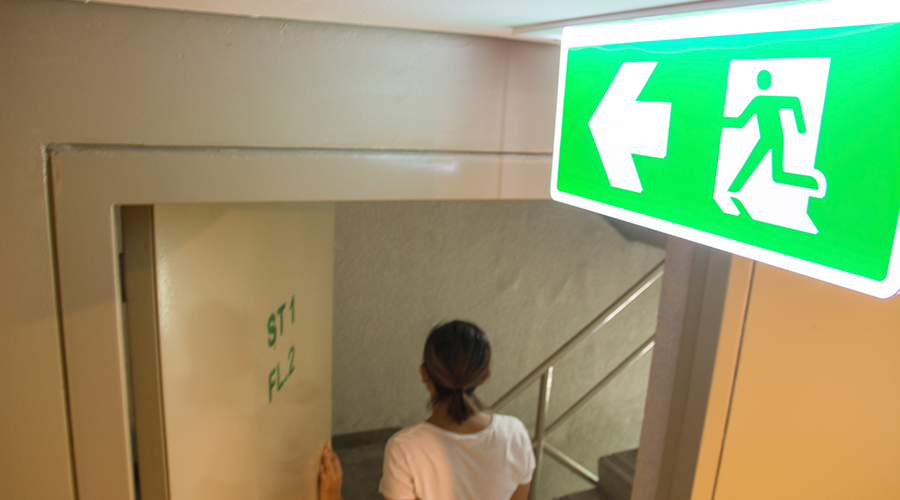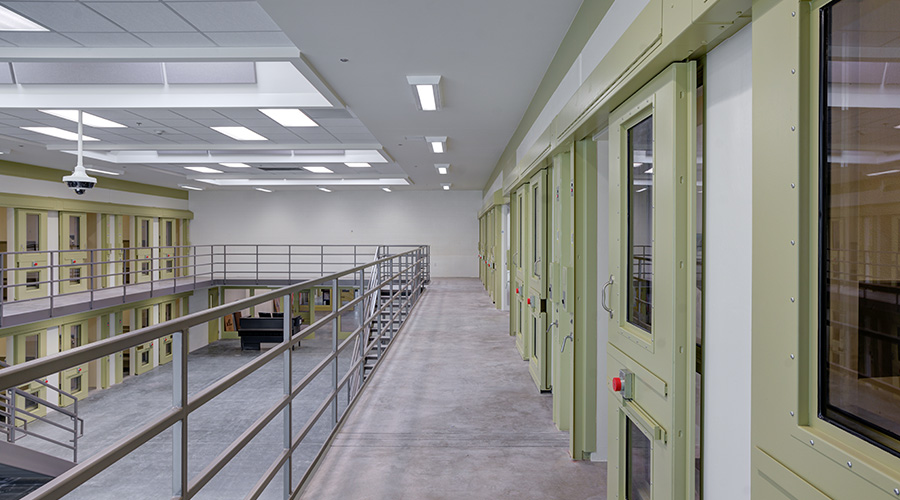Lighting: Specify the Right Occupancy Sensor
The next step is to determine the specific feature set for the sensor and the power pack, as well as whether the sensor must integrate with other control devices. Among the special features the sensor might offer are these:
• line-voltage operation without a power pack, which is suitable for applications in areas with no plenum or where junction boxes are difficult to access
• self-calibrating sensors that continually adapt to space-use patterns
• manual-on operation for greater energy savings
• power packs with two relays for bi-level switching
• an integral photosensor to keep lights off if it detects sufficient daylight
• a combination dimmer-occupancy sensor
• isolated relay for interfacing with other loads, such as HVAC
• digital-network connectivity
• small sensors available as part of the light fixture.
Related Topics:















